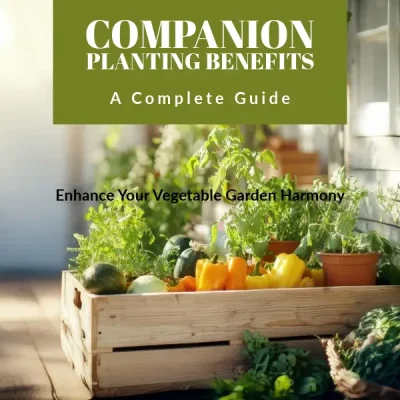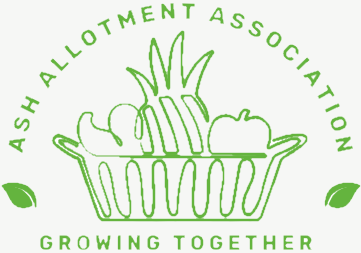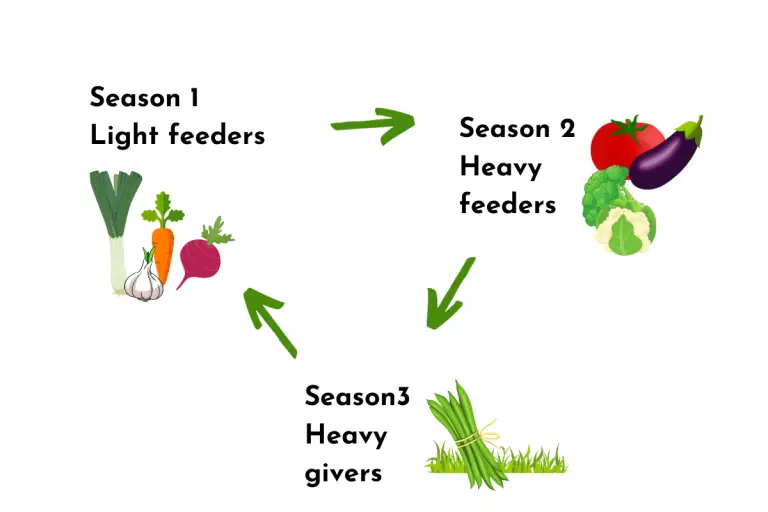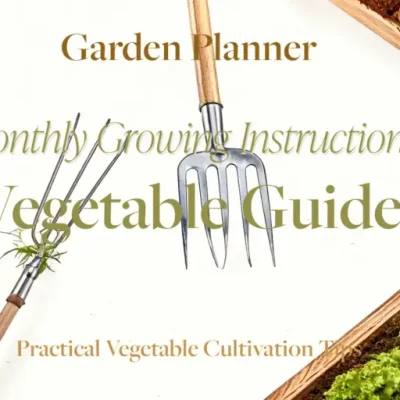To maintain healthy soil and promote sustainable agriculture practices, it is essential to rotate your crops every three years. This cycle ensures that the soil is nurtured and that nutrients are replenished over time. The follow guide explain how.

26 Jul 2025
Boost your allotment’s health and yield by harnessing the power of plant partnerships. Companion planting is a time-tested method that...


